Home>Interior Design>Does A Coffee Table Make A Room Look Bigger Or Smaller?


Interior Design
Does A Coffee Table Make A Room Look Bigger Or Smaller?
Modified: October 28, 2024
Discover how a coffee table can transform the perception of your space. Learn how to strategically use interior design to make your room appear larger or smaller.
(Many of the links in this article redirect to a specific reviewed product. Your purchase of these products through affiliate links helps to generate commission for Storables.com, at no extra cost. Learn more)
Introduction
Welcome to the world of interior design, where every element plays a crucial role in creating the ambiance and perception of a space. In this article, we’ll explore the fascinating concept of how a coffee table can impact the perceived size of a room. You may be wondering, does a coffee table make a room look bigger or smaller?
When it comes to designing a room, the furniture you choose has a significant effect on how spacious or cramped the space appears. The coffee table, a central piece of furniture, holds a prominent position in the living room and can greatly influence the overall perception of the room.
Before we delve into the impact of coffee tables on room perception, let’s take a closer look at the role of furniture in creating the illusion of space and how it can affect our perception.
Furniture plays a dual role in interior design. On one hand, it serves a functional purpose, providing comfort and convenience. On the other hand, it serves an aesthetic role, adding beauty and style to the space. When it comes to the perceived size of a room, choosing the right furniture is key.
The size, style, and arrangement of furniture can manipulate our visual perception of a space. By strategically selecting and positioning furniture, interior designers can create an illusion of space, making a small room appear larger or a large room feel more intimate and cozy.
Key Takeaways:
- Choose a smaller, light-colored, and transparent coffee table to create a sense of openness and spaciousness in smaller rooms. Opt for a balanced proportion and ample legroom to enhance the perceived size of the room.
- The size, shape, style, and placement of a coffee table can significantly impact the perceived size of a room. Experiment with different factors to find the perfect balance that enhances the spatial perception and creates an inviting living space.
Read more: How To Make A Room Look Bigger With Mirrors
The Role of Furniture in Perception of Space
When it comes to designing interiors, furniture has a significant impact on the perception of space. The size, shape, and arrangement of furniture can either create an open and spacious feel or make a room appear cramped and confined.
One of the key principles in interior design is understanding the concept of scale and proportion. Furniture that is too large for a room can make it feel cluttered and crowded, while furniture that is too small can make a space appear bare and unfinished.
In terms of visual perception, furniture can create a sense of depth and dimension in a room. Pieces that are placed against walls can create an illusion of distance, making the space seem larger. On the other hand, furniture that is placed in the center of a room can divide the space and make it appear smaller.
Additionally, the color, texture, and material of furniture can also affect the perception of space. Light-colored furniture tends to reflect more light, giving the impression of a brighter and more open space. On the contrary, dark-colored furniture absorbs light and can make a room feel more intimate and cozy.
The arrangement of furniture is equally important in creating the perception of space. Strategic placement of furniture can create pathways and flow, allowing for ease of movement and making a room feel more expansive. On the other hand, haphazard placement or overcrowding can make a room feel cluttered and restricted.
Therefore, when it comes to designing a room, it is essential to consider furniture as a crucial element in creating the perception of space. With careful selection, arrangement, and understanding of scale, furniture can be used to optimize the size and ambiance of a room.
Understanding the Coffee Table
The coffee table is a versatile and functional piece of furniture that serves as the centerpiece of the living room. It is typically placed in front of a sofa or seating arrangement and serves as a convenient surface for placing beverages, books, and decor items.
Coffee tables come in various shapes, sizes, and styles, ranging from traditional wooden designs to modern glass or metal creations. They can be rectangular, square, oval, or even have unique shapes, adding a touch of personal style to the room.
Aside from their functional purpose, coffee tables also play a significant role in the overall aesthetic of a space. They can complement the design theme of the room, acting as a focal point or tying in various elements together.
Moreover, coffee tables have the power to influence the perception of space. Depending on their design, size, and placement, they can either make a room appear larger or smaller.
To understand the impact of coffee tables on room perception, we must consider various factors that come into play. These factors include the size and style of the coffee table, as well as its relationship with the surrounding furniture and overall layout of the room.
By understanding these factors, you can make informed decisions when choosing a coffee table that will enhance the perceived size of your living space.
The Impact of Coffee Tables on Room Perception
The coffee table, being a prominent piece of furniture in the living room, has a significant impact on the overall perception of the room. Its size, style, and placement can influence how spacious or cramped a space feels.
Firstly, the presence or absence of a coffee table can affect the perceived size of a room. A well-placed coffee table can create a cohesive and balanced look, while an empty space without a coffee table may make the room feel incomplete or lacking in functionality. However, it’s important to note that in smaller rooms, omitting a coffee table altogether can create a sense of openness and make the space feel larger.
The size of a coffee table is another crucial factor that contributes to the perception of space. A large coffee table can dominate the room and make it feel smaller, especially if it is crowded with other furniture. On the other hand, a small coffee table can create an illusion of more space and make the room feel more open and airy.
The shape of a coffee table can also impact the perception of room size. Square or rectangular coffee tables tend to create a sense of structure and organization, which can make a room appear more spacious. Conversely, round or oval coffee tables can soften the edges of a room and create a more fluid and open feel.
Furthermore, the style of the coffee table plays a role in room perception. For example, a coffee table with a glass or mirrored top can create a visual transparency, giving the illusion of more space. On the other hand, a solid wood or heavily patterned coffee table can make a room feel cozy and intimate, which may be desirable in larger spaces.
Lastly, the placement of the coffee table in relation to other furniture can greatly influence the perception of space. If the coffee table is too close to the sofa or chairs, it can create a crowded and cramped feel. Placing the coffee table slightly away from the seating area can create breathing room and make the space appear larger.
Thus, it is important to consider the impact of a coffee table on room perception and make thoughtful choices based on the size, shape, style, and placement of the coffee table to optimize the perceived size and overall ambiance of the room.
A glass coffee table can make a room look bigger as it creates a sense of openness and transparency. Avoid bulky or dark-colored coffee tables that can make a room feel smaller.
Factors That Determine Whether a Coffee Table Makes a Room Look Bigger or Smaller
Several factors come into play when determining whether a coffee table makes a room look bigger or smaller. Understanding these factors can help you make informed decisions when selecting and arranging a coffee table in your living space.
1. Size: The size of the coffee table is a key determinant. A large coffee table in a small room can overpower the space and make it feel smaller. On the other hand, a small coffee table can create an illusion of more space and make the room feel larger. Consider the proportions of the room and choose a coffee table that is in scale with the surrounding furniture.
2. Shape: The shape of the coffee table also influences the perception of space. Square or rectangular coffee tables tend to create a structured look and can make a room feel more spacious. Round or oval coffee tables, on the other hand, soften the edges and can create a more fluid and open feel in a room.
3. Height: The height of the coffee table is another important factor. Low coffee tables can create a sense of openness and make the room feel larger. However, be mindful of the height of the surrounding seating. If the coffee table is too low in relation to the seating, it can create an awkward and uncomfortable arrangement.
4. Material and Color: The material and color of the coffee table also contribute to the perception of space. Light-colored or transparent materials, such as glass or acrylic, can reflect light and create a sense of openness. Darker materials, such as wood, can create a cozy and intimate atmosphere, which may be desired in larger rooms.
5. Placement: The placement of the coffee table in relation to other furniture plays a significant role. Placing the coffee table away from the seating area, with ample space for movement, can create a more open and spacious feel. Conversely, crowding the coffee table with other furniture can make the room feel cramped and restricted.
It’s important to consider these factors holistically when choosing a coffee table for your living space. Experiment with different sizes, shapes, heights, and placements to find the right balance that enhances the perceived size of the room and creates a harmonious and inviting ambiance.
Read more: How To Make Windows And Rooms Look Bigger
How Size and Style of Coffee Tables Influence Perception of Space
The size and style of a coffee table play a crucial role in influencing the perception of space in a room. Understanding how these factors interact can help you make the most of your coffee table selection to enhance the overall ambiance of your living space.
1. Size:
The size of a coffee table can greatly impact the perceived size of a room. A large coffee table can dominate a small room, making it feel cramped and overcrowded. On the other hand, a small coffee table can create a sense of openness and make the room appear larger. It’s essential to consider the proportions of the room and choose a coffee table that is in harmony with the surrounding furniture.
2. Height:
The height of a coffee table can also affect the perception of space. A lower coffee table can create a more open and airy feel, especially in rooms with low ceilings or limited vertical space. Alternatively, a taller coffee table can add a sense of grandeur and formality to a larger room. Consider the overall height of the seating furniture and ensure the coffee table is at an appropriate level for comfort and visual coherence.
3. Shape:
The shape of a coffee table can contribute to the perceived flow and spatial arrangement of a room. Rectangular or square coffee tables tend to create a structured and organized look, which can enhance the sense of spaciousness. Round or oval coffee tables, on the other hand, soften the edges and can create a more fluid and open feel. Choose a shape that complements the existing furniture and the overall design aesthetic of the room.
4. Style:
The style of the coffee table is another aspect that influences the perception of space. Minimalistic and streamlined designs can give a modern and spacious look to a room. On the other hand, ornate or heavily decorated coffee tables can create a sense of coziness and visual interest, which may be desirable in larger rooms. Consider the existing decor style and choose a coffee table that aligns with the overall theme to create a harmonious and cohesive space.
Remember, the size and style of the coffee table should be balanced with the other elements in the room to create a visually pleasing and well-designed space. Experiment with different sizes, shapes, and styles to find the perfect coffee table that enhances the perceived size of your room while reflecting your personal style and design preferences.
Tips for Using Coffee Tables to Enhance Room Size
Coffee tables can be incredibly versatile in their ability to enhance the perceived size of a room. By following these tips, you can make the most of your coffee table and create a visually spacious and inviting living space.
1. Opt for a smaller size: In smaller rooms, choose a coffee table that is proportionate to the space. A smaller coffee table will create a sense of openness and prevent the room from feeling overcrowded. Consider a round or oval shape to soften the edges and create a smooth flow around the furniture.
2. Choose a glass or transparent table: Glass or transparent coffee tables offer a unique advantage in creating an illusion of space. The see-through surface allows light to pass through, making the room feel more open and airy. Additionally, glass reflects light, further enhancing the brightness and expansiveness of the room.
3. Optimize storage with a multi-functional coffee table: To maximize space in a smaller room, consider a coffee table with built-in storage. This allows you to keep your living area clutter-free while providing a functional surface. Look for tables with shelves, drawers, or lift-up tops to hide away items like magazines, remote controls, or extra blankets.
4. Go for a light color palette: Light-colored coffee tables can make a room feel more spacious and airy. Consider opting for neutral tones or lighter shades that reflect light and create an illusion of openness. This goes for both the tabletop and the base of the coffee table.
5. Strive for balance in proportion: When selecting a coffee table, ensure it is in proportion with the surrounding furniture. A table that is too large or too small can disrupt the visual balance of the room. Aim for harmony between the coffee table, sofa, and chairs to maintain a cohesive and spacious appearance.
6. Maintain ample legroom: Leave enough space around the coffee table to provide comfortable legroom for people sitting on the sofa or chairs. A cramped seating arrangement can make the room feel smaller, while adequate space will create a more open and breathable atmosphere.
7. Create visual interest with decor: Use the coffee table as an opportunity to add decor elements that enhance the perceived size of the room. Incorporate mirrors, decorative objects with reflective surfaces, and elements of varying heights to create depth and layers, making the space feel more expansive.
By employing these tips, you can harness the potential of your coffee table to create a roomy and visually appealing living space. Remember, it’s all about finding the right balance in size, shape, color, and arrangement to optimize the perception of space and create an inviting environment for you and your guests.
Conclusion
The coffee table, often considered a centerpiece of the living room, plays a crucial role in influencing the perceived size and overall ambiance of a space. By understanding the factors that come into play, such as size, shape, style, and placement, you can harness the power of the coffee table to enhance the spatial perception of your room.
The size of the coffee table is an important consideration. Choosing a coffee table that is proportionate to the room can create a sense of openness and prevent the space from feeling cramped. Additionally, considering the height of the coffee table in relation to the seating furniture ensures a harmonious and comfortable arrangement.
The shape of the coffee table also affects the perception of space. Rectangular or square tables add structure and can make a room feel more spacious, while round or oval tables soften the edges and create a more fluid and open feel.
The style of the coffee table should complement the overall design aesthetic of the room. From minimalist and modern designs to ornate and traditional styles, the right choice can further enhance the perceived size and overall ambiance of the space.
Avoid overcrowding the coffee table and surrounding furniture, as it can diminish the perceived size of the room. Opt for a smaller table in compact spaces and consider transparent or glass surfaces to reflect light and create a sense of spaciousness.
Remember to maintain a balance in proportion, create ample legroom, and incorporate decor elements that add visual interest without overwhelming the space. By following these tips, you can use your coffee table as a tool to optimize the perceived size of your room and create a welcoming and comfortable living environment.
In conclusion, the coffee table has the potential to make a room look bigger or smaller, depending on various factors. By carefully considering size, shape, style, and placement, you can maximize the spatial perception of your room and create a visually appealing and harmonious living space.
Frequently Asked Questions about Does A Coffee Table Make A Room Look Bigger Or Smaller?
Was this page helpful?
At Storables.com, we guarantee accurate and reliable information. Our content, validated by Expert Board Contributors, is crafted following stringent Editorial Policies. We're committed to providing you with well-researched, expert-backed insights for all your informational needs.
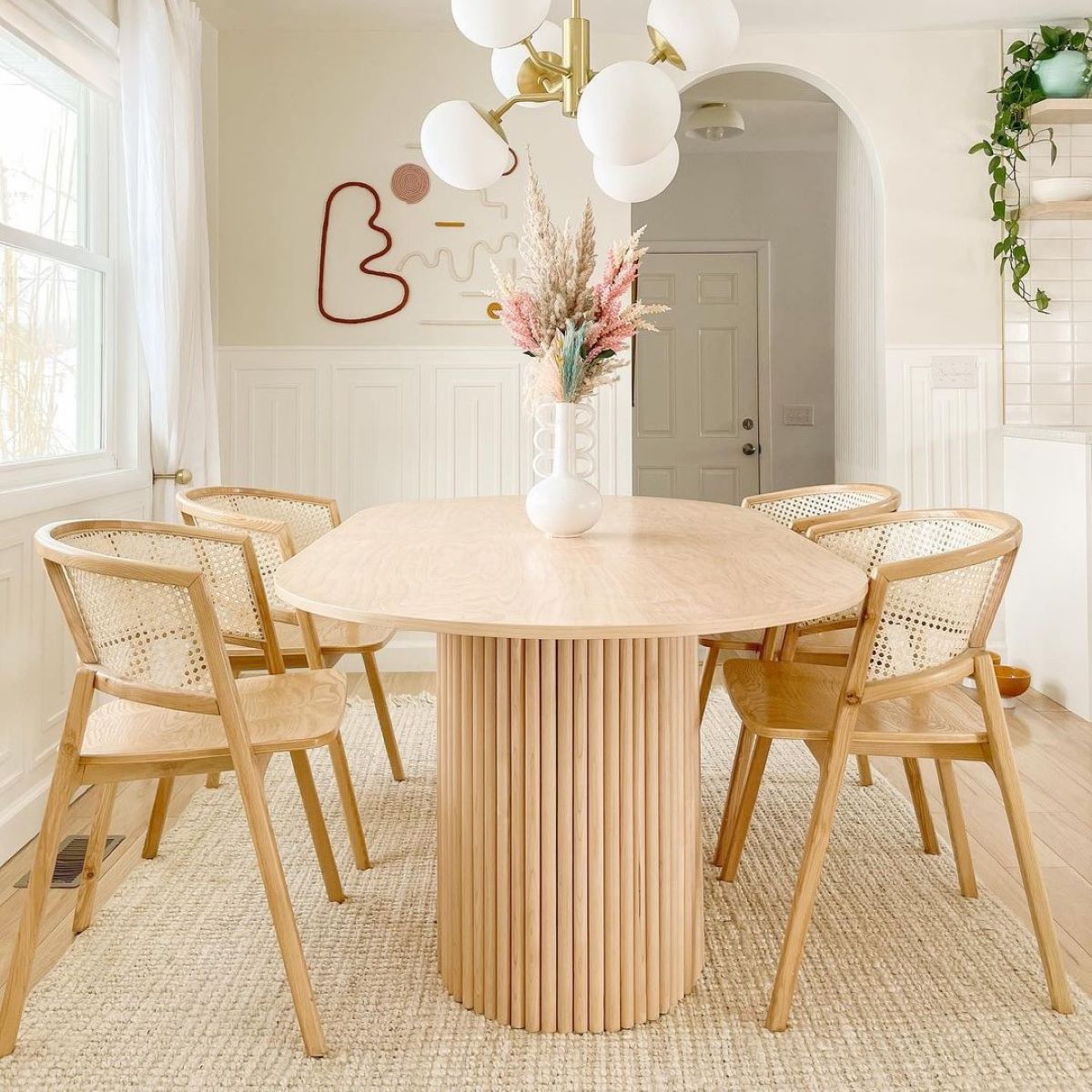
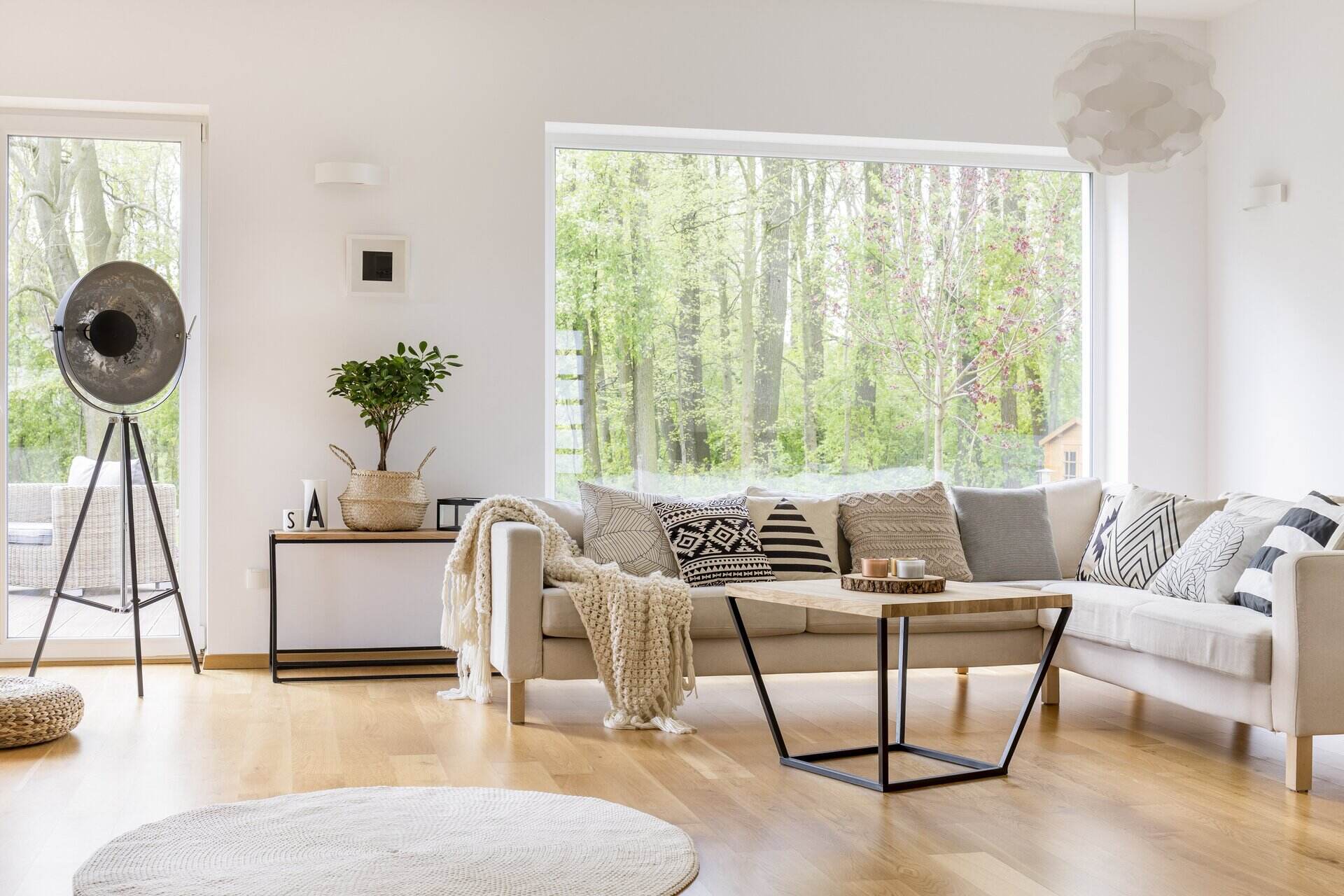
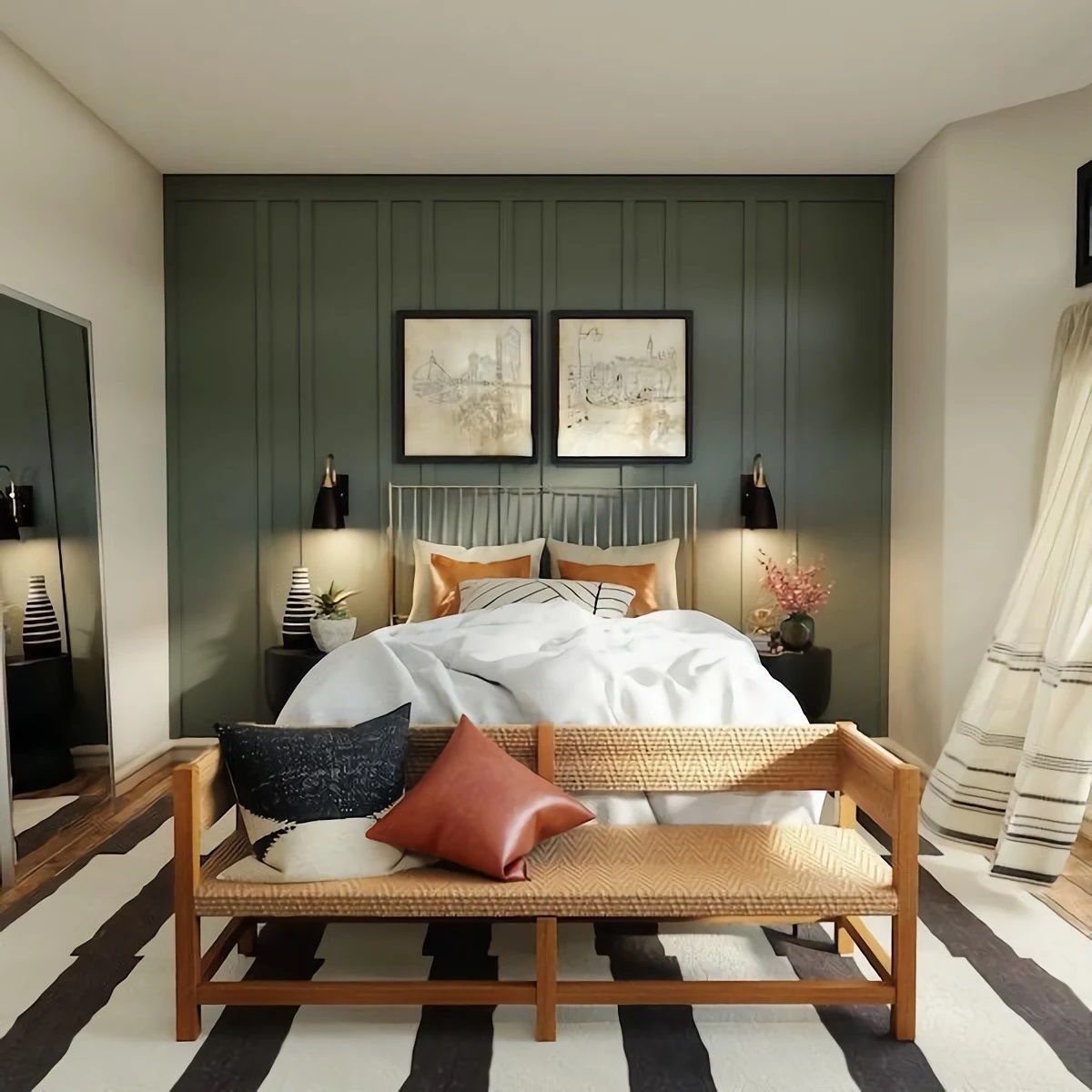
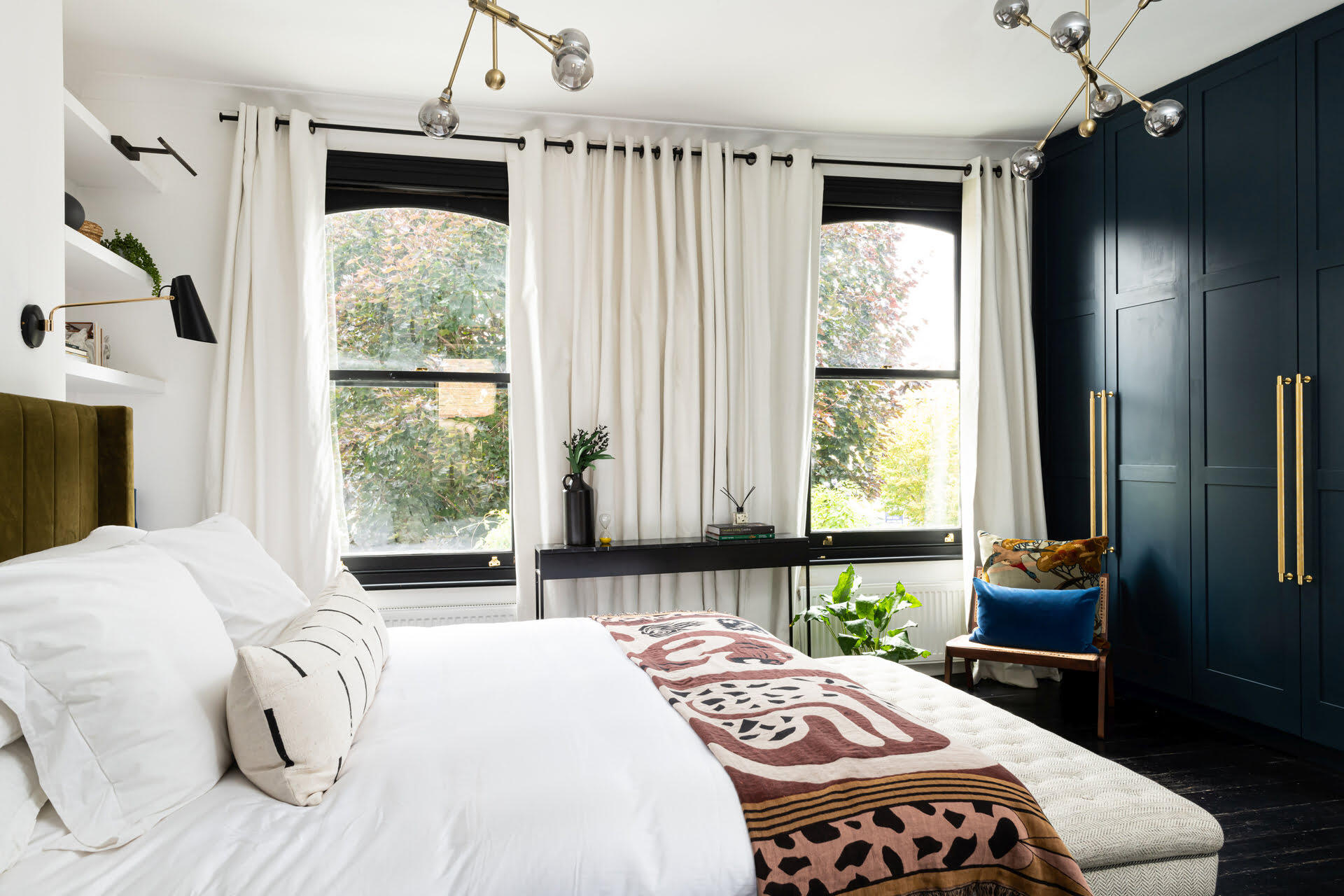
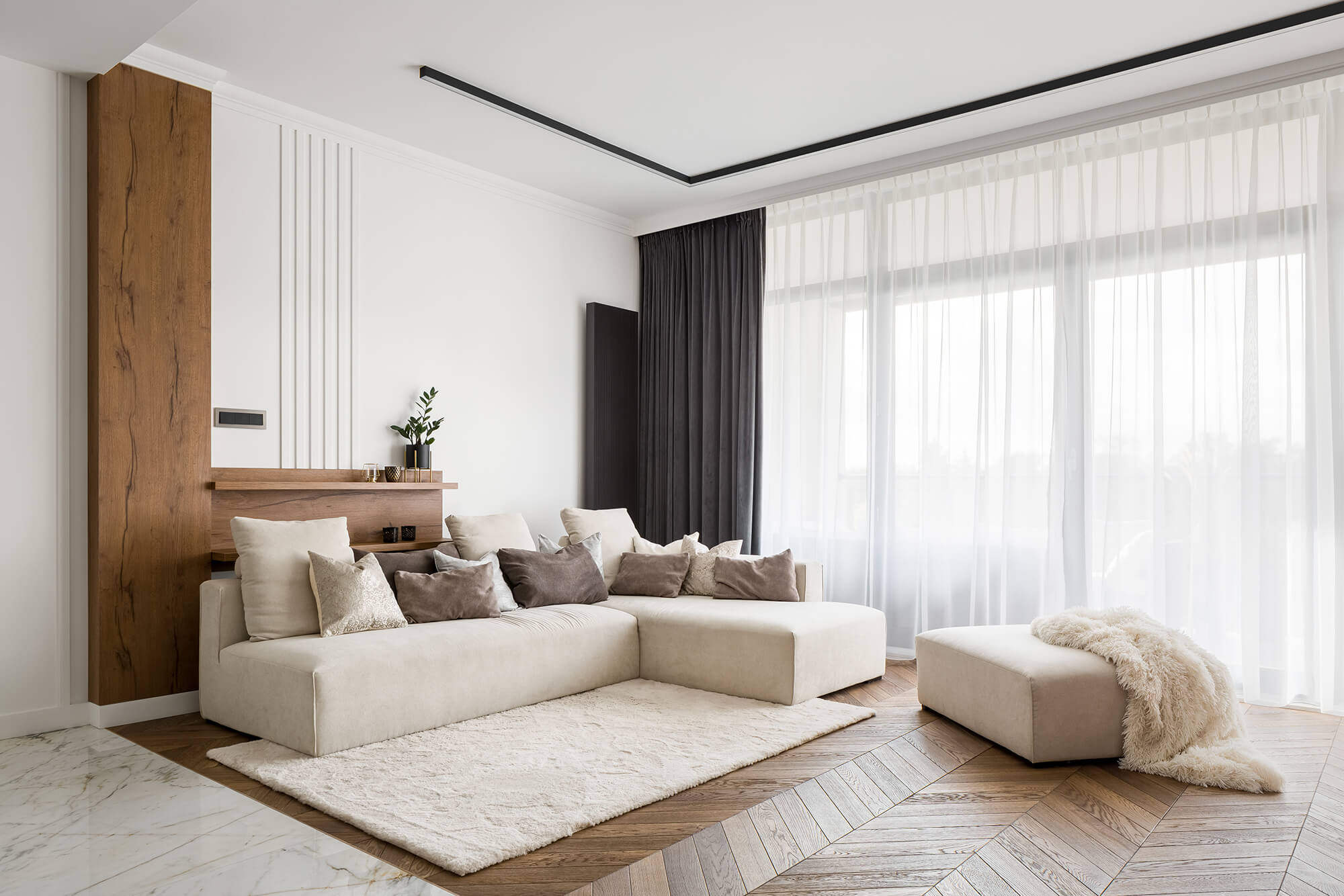
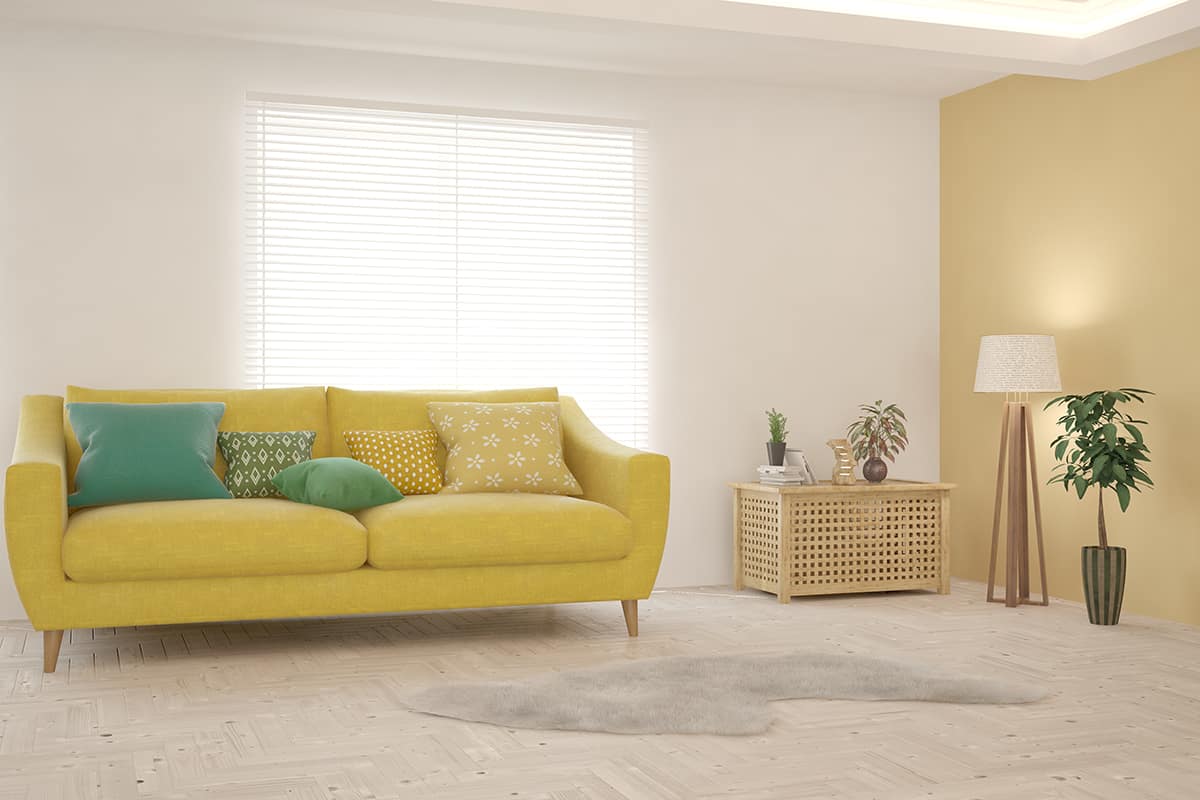
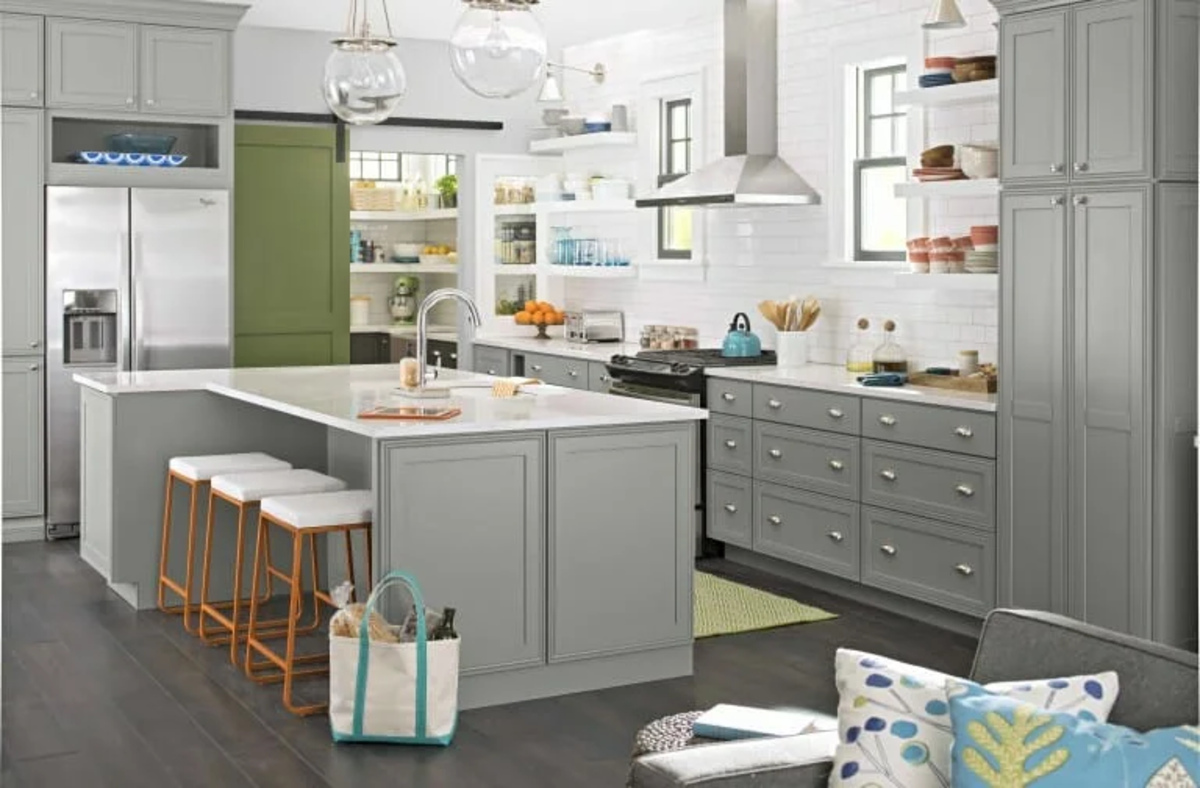
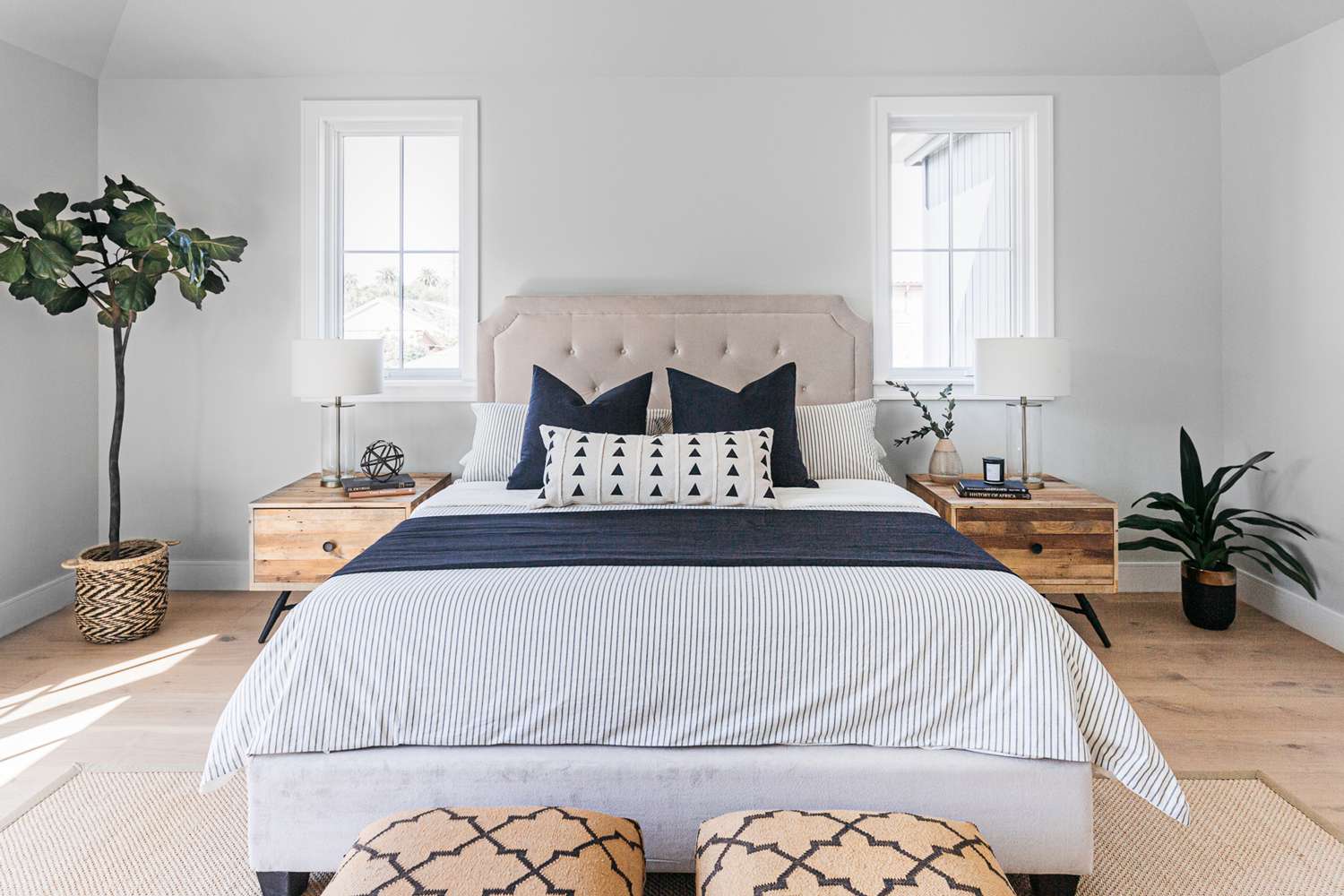
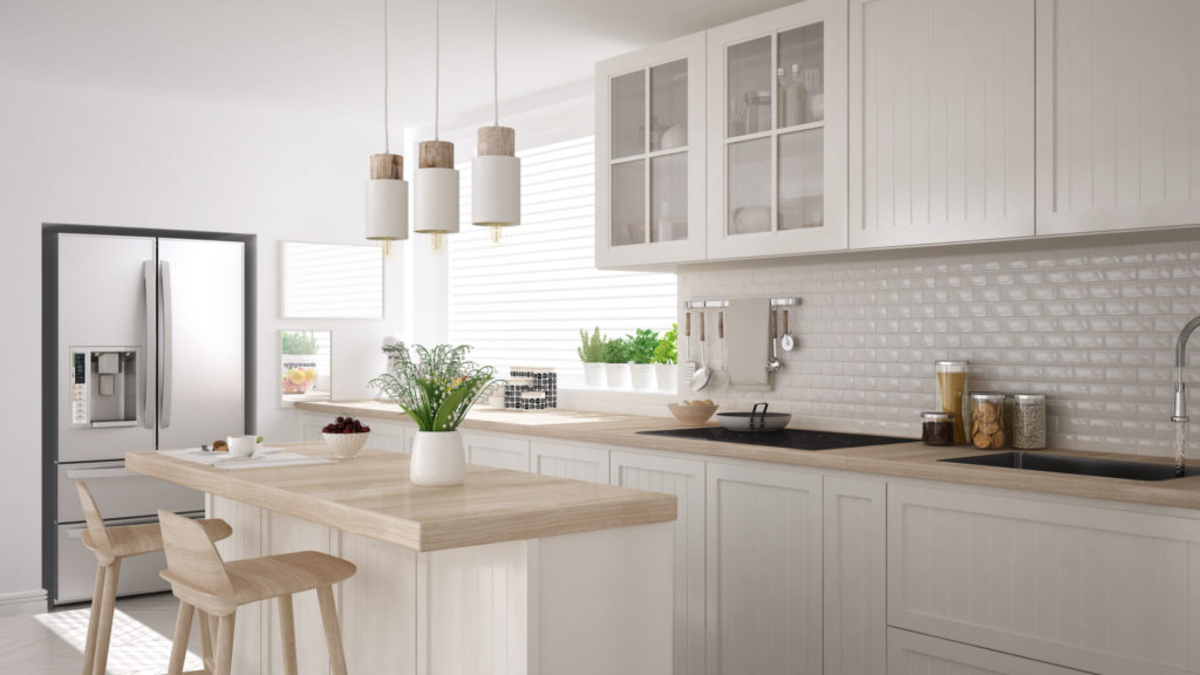
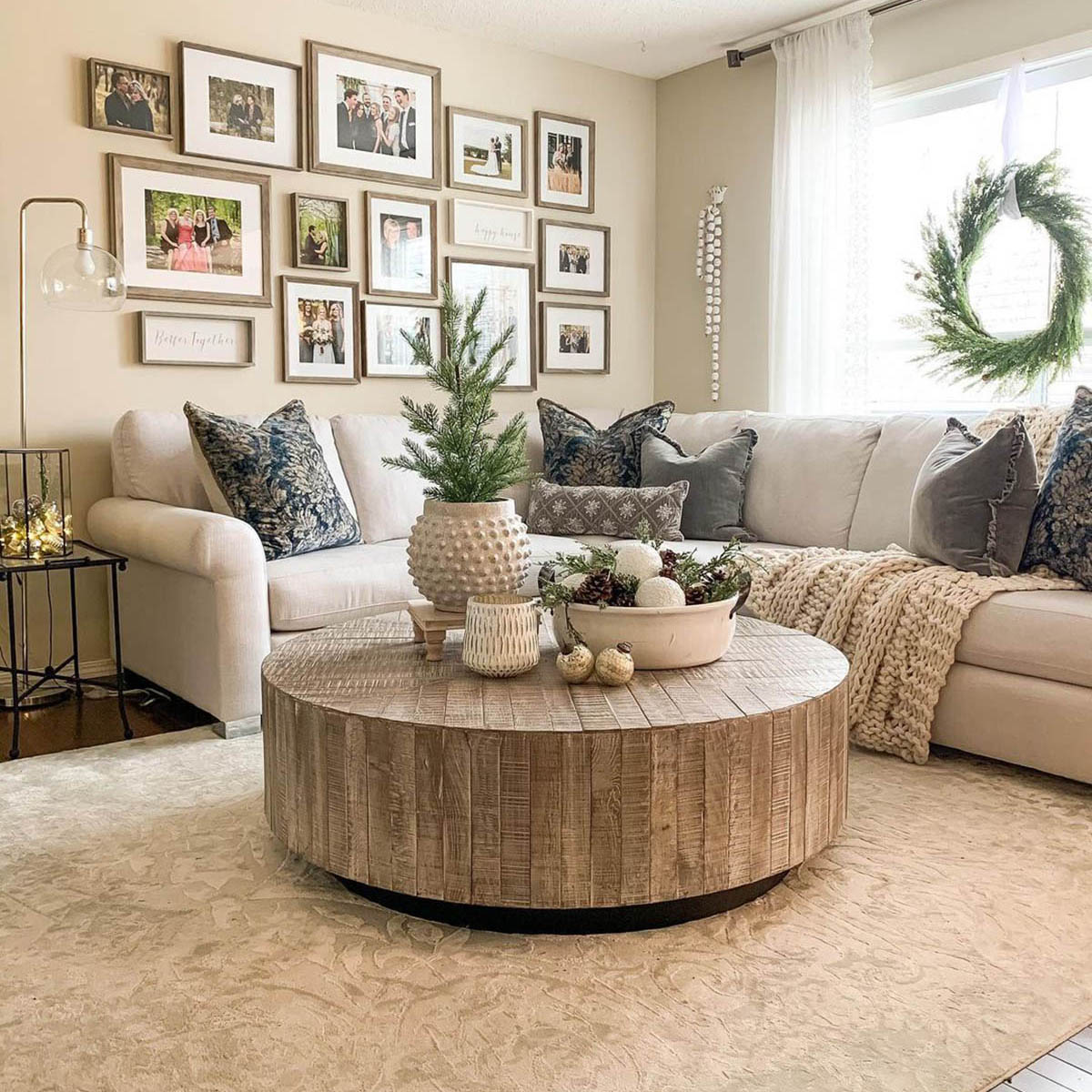

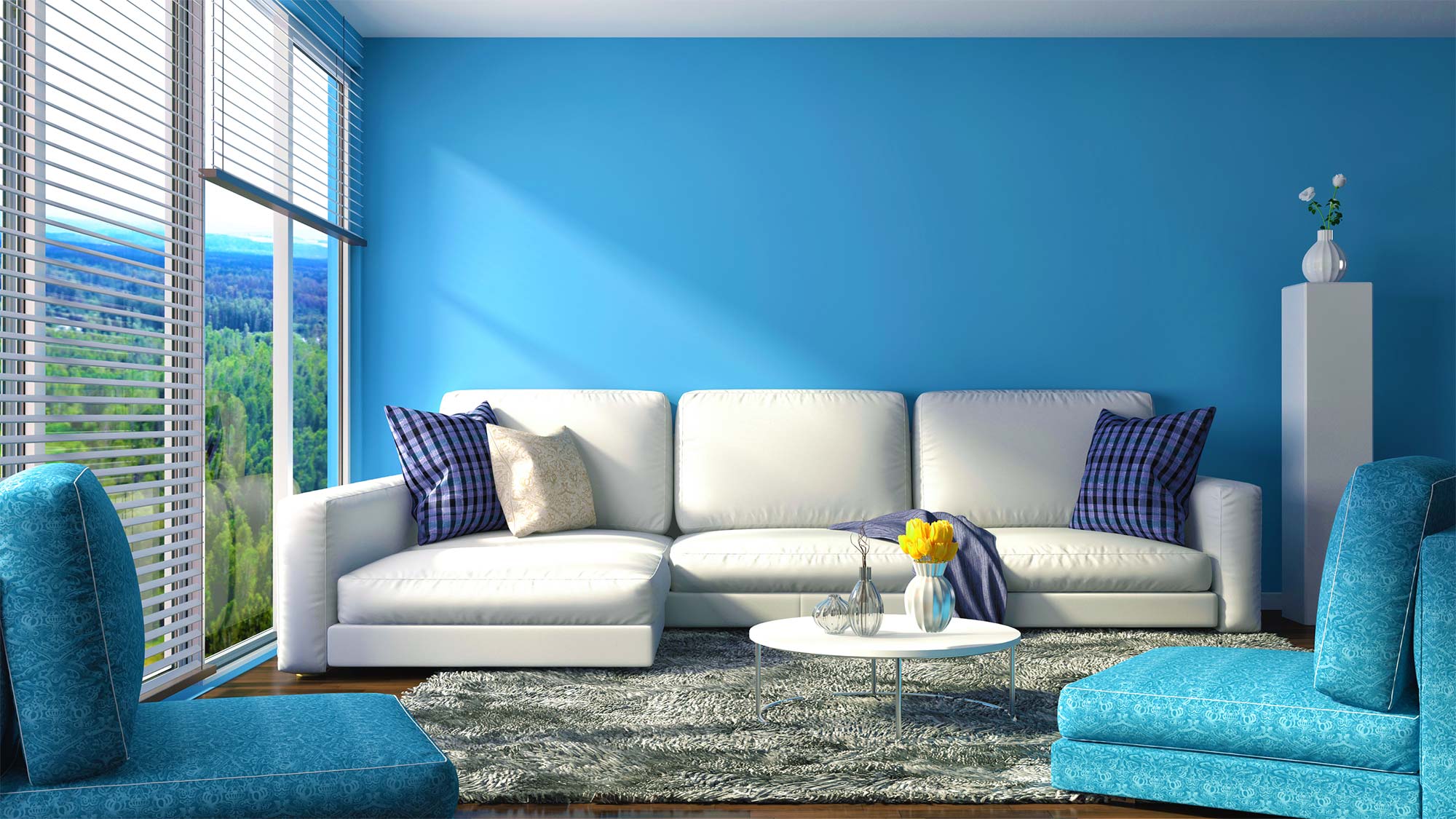
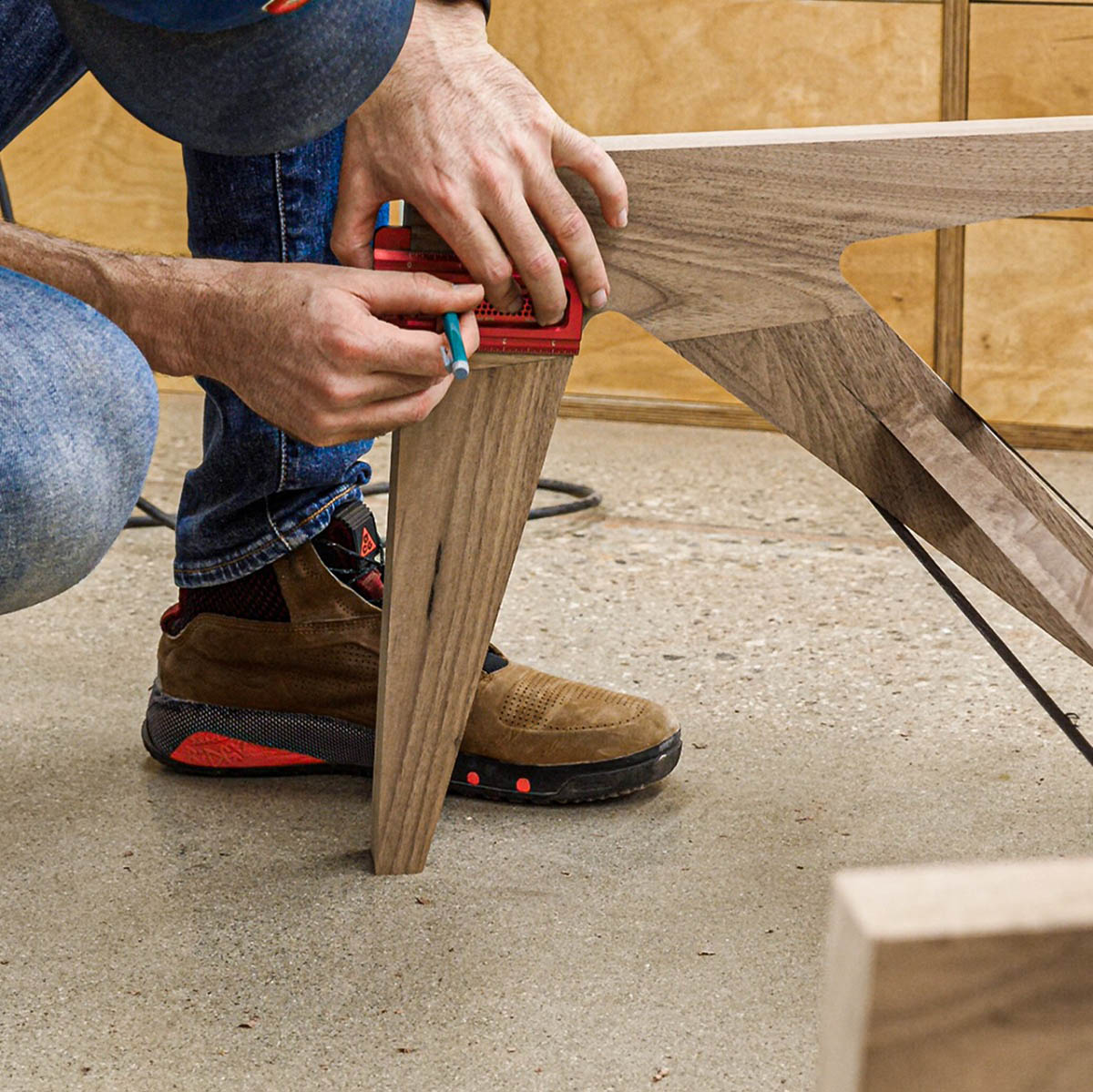
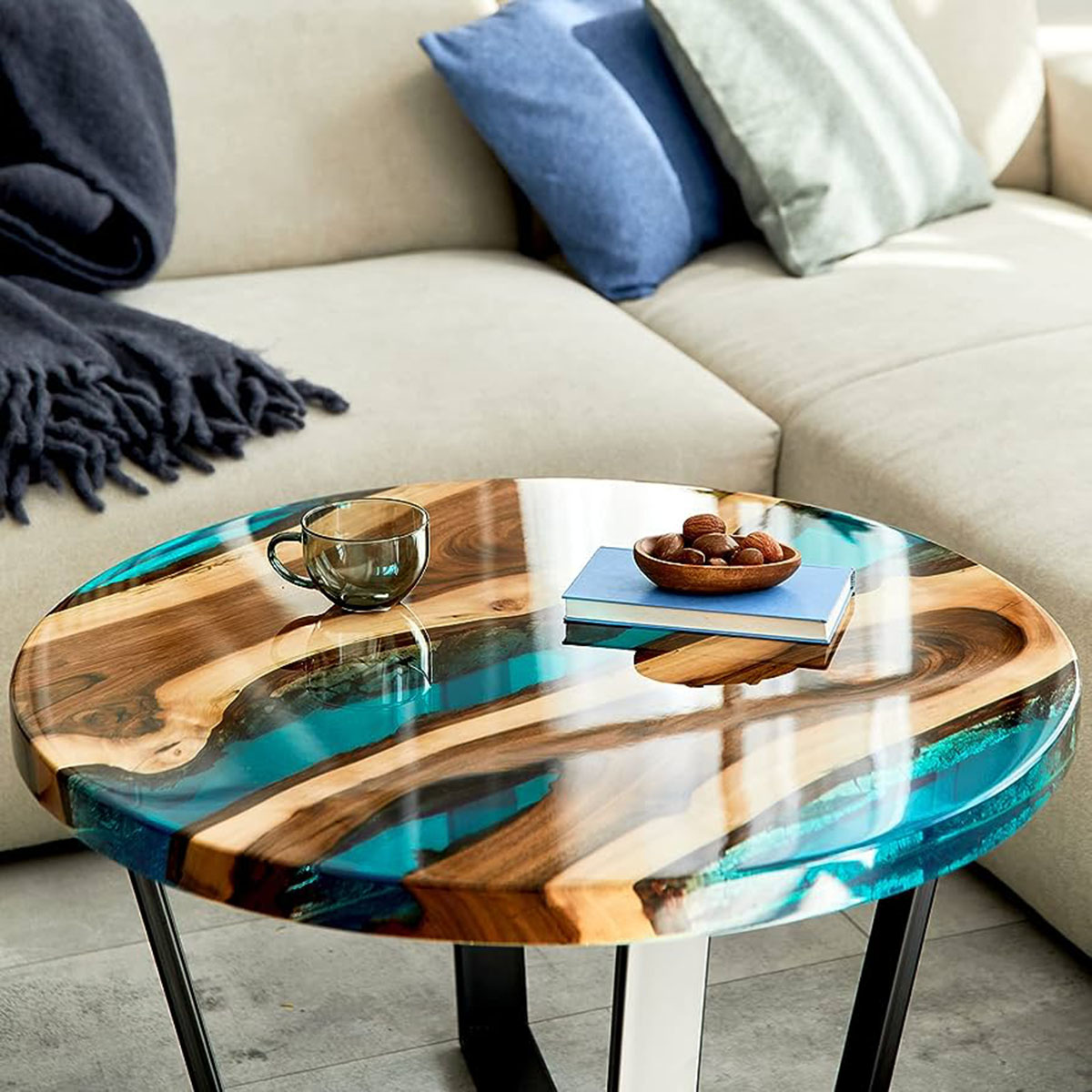

0 thoughts on “Does A Coffee Table Make A Room Look Bigger Or Smaller?”